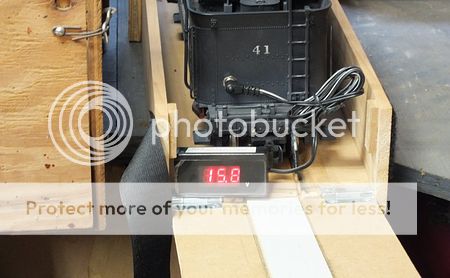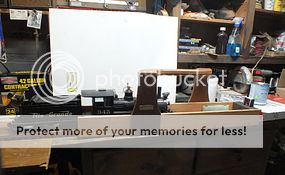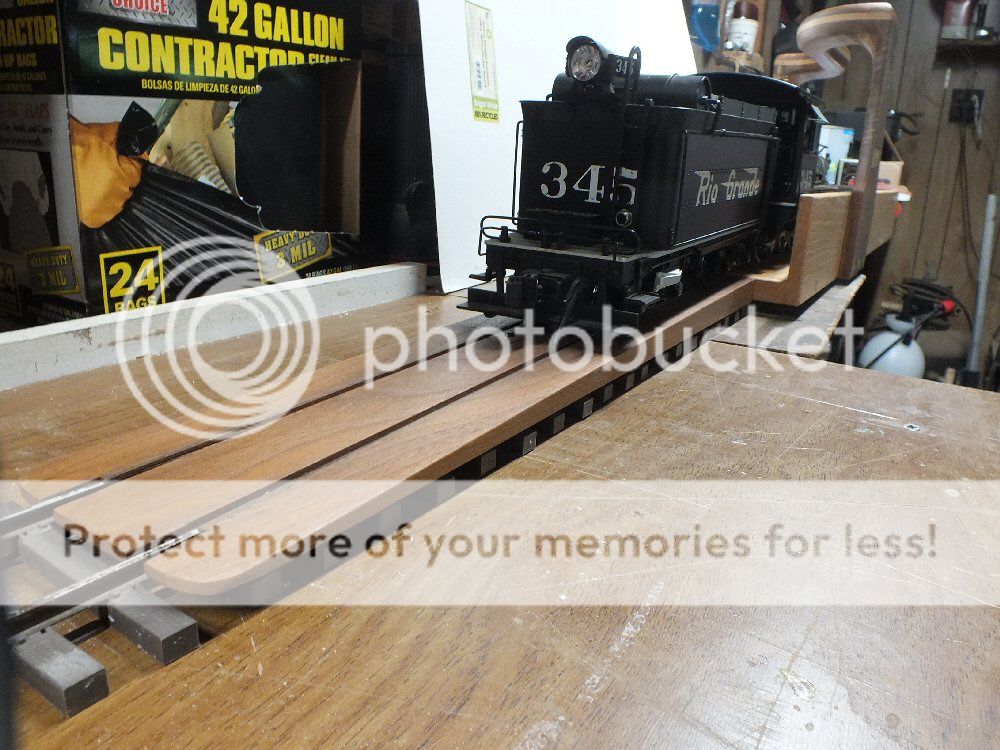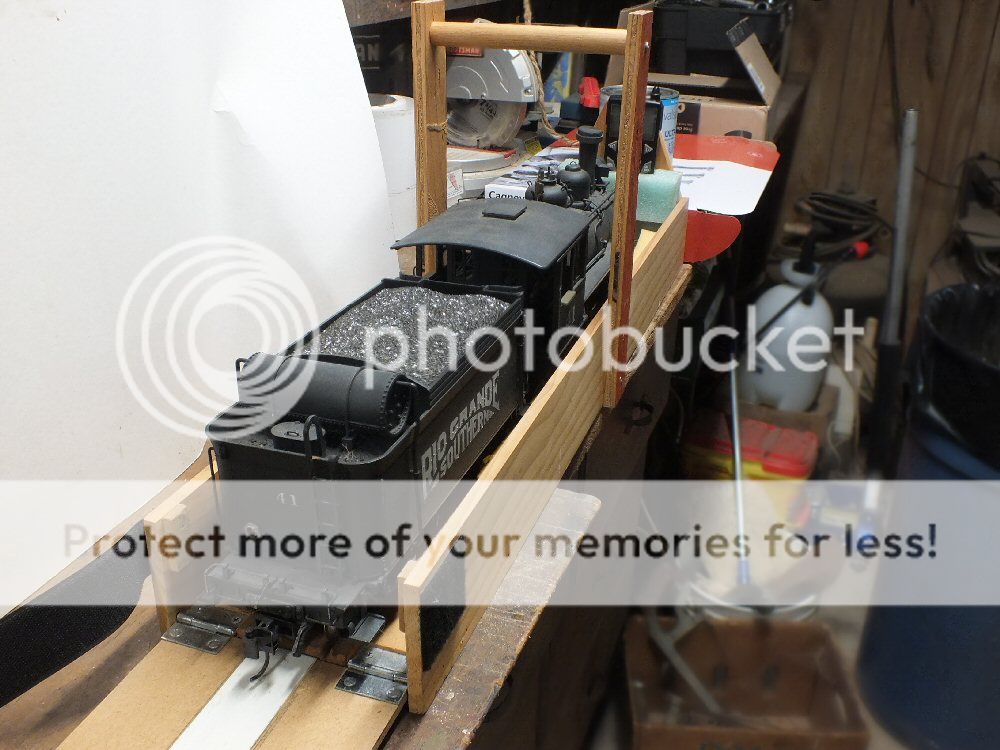I have been pondering this issue for quite a while and have yet to come up with a solution I like…
I have to move my G-scale locos and tenders from shop to train room to outside track fairly frequently.
Moving the loco while attached to the tender via the drawbar is an accident waiting to happen. Plugging/unplugging the drawbars frequently is guaranteed to cause failure of that part.
Picking up the loco without proper support for the wheel sets leads to broken mounts - I done that to
both my G-scale Daylights. So I want to develop some way to move the loco and tender as a single unit, with proper support for the wheel sets.
My first idea was a 4’ 1x6 with straight track attached. You attach it to an end point of the track and drive the loco/tender onto it. Strap it down and move to new location, rinse, repeat. This would work, I’ve seen others describe variations of it, but somehow it doesn’t feel like the best solution.
I’m pondering a device that clamps against the wheels along both sides just above the top of the track. It also has a cage that then fits around the loco/tender, cushioning it. When the loco/tender are on any straight section of track you lower it over them and clamp it in.
Then you carry it to the next site, place onto the track and un-clamp. I can kind’a see how to do this in my mind’s eye, but could be some rather extensive machining involved.
Any one have any ideas?






